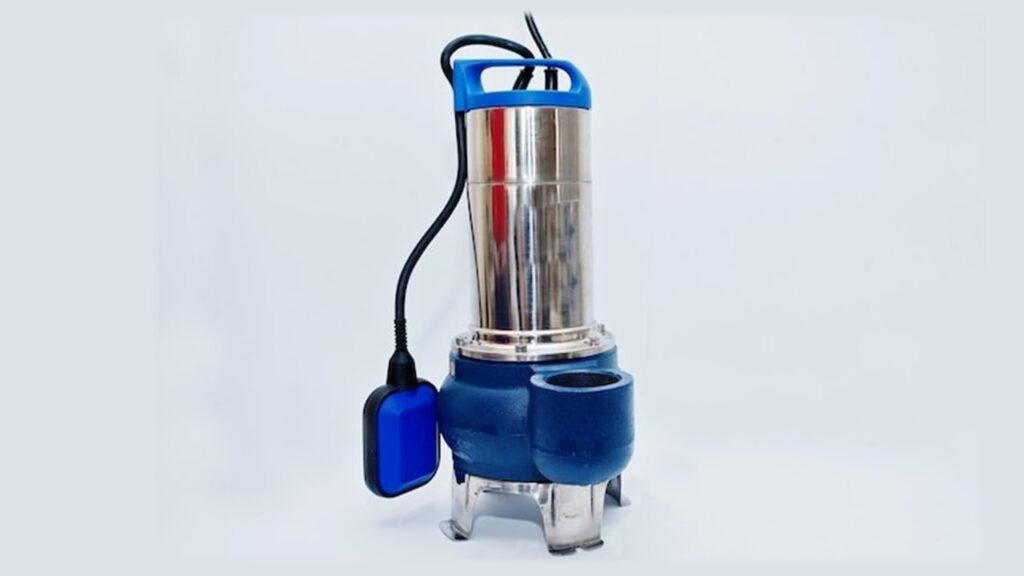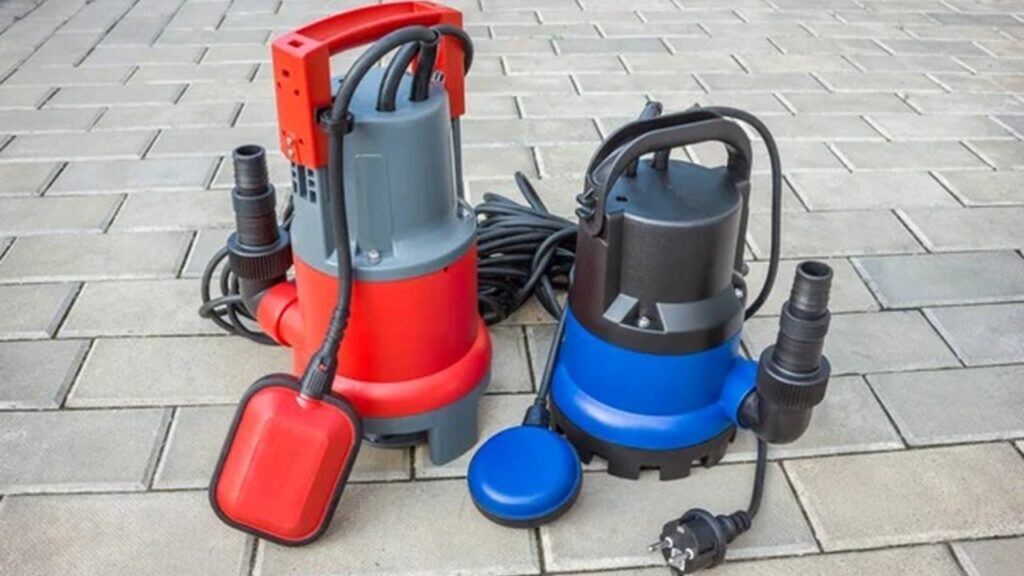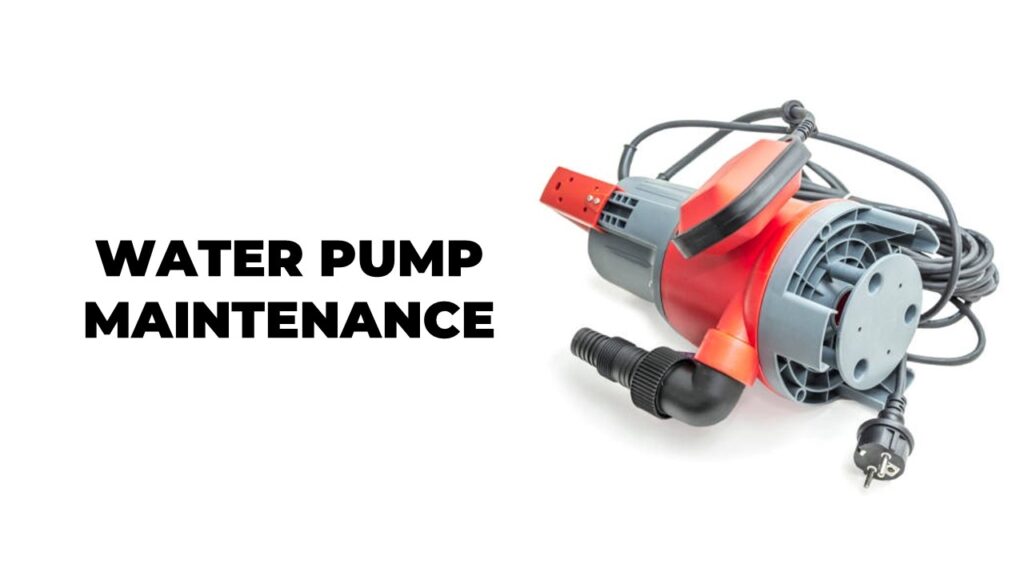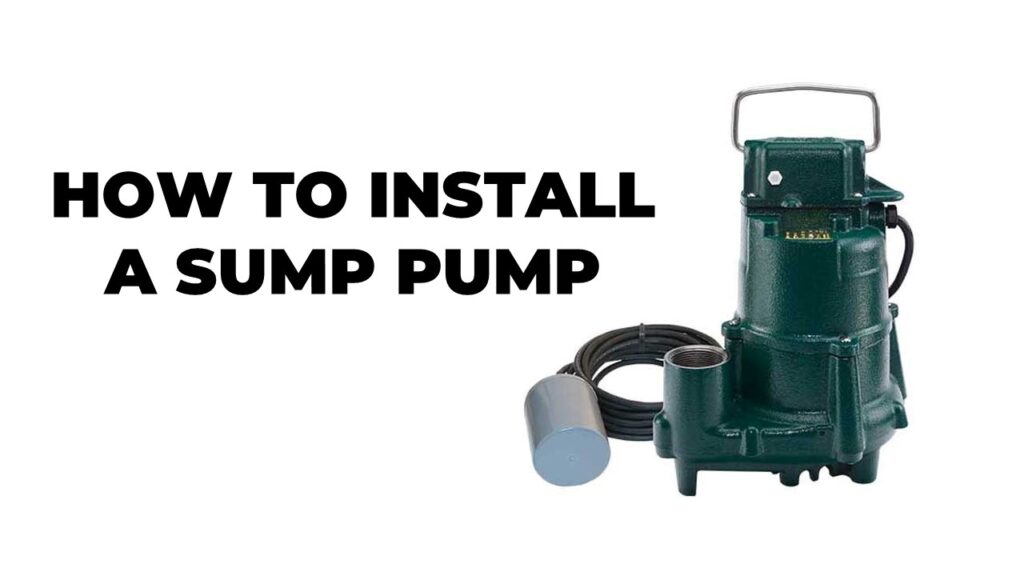
A sump pump usually lasts between 7 and 10 years, but this can vary based on the type of pump, how often it runs, and how well it’s taken care of. Submersible pumps, which sit underwater, tend to wear out a bit faster than pedestal pumps, which keep their motors above water. If your sump pump kicks on frequently, runs nonstop during storms, or isn’t maintained properly, it might not last as long. Regular cleaning, testing, and replacing parts like the float switch can help extend the life of your pump.
This article will explain how long a sump pump usually lasts, the signs that tell you it’s time for a replacement, and simple tips to make your sump pump last longer.
What Affects the Lifespan of a Sump Pump?
A sump pump usually lasts 7 to 10 years, but many things can change that. The type of pump you have, how often it runs, how well you maintain it, and even power outages all play a part. Some pumps might wear out sooner, while others last longer if you care for them right. Let’s break it down so you can keep your sump pump working as long as possible.
Type of Sump Pump: Submersible vs. Pedestal
Submersible pumps sit inside the water, while pedestal pumps have the motor mounted above the pit. Submersible pumps tend to wear out faster because they are exposed to water and debris, usually lasting around 5 to 10 years. Pedestal pumps, which stay drier, can sometimes last 15 to 20 years if they’re taken care of properly.
Build Quality and Materials Matter
The materials your pump is made of make a big difference. Cast iron and stainless steel pumps usually last longer because they can handle corrosion better. Plastic pumps are cheaper but tend to break down sooner, especially in homes with lots of water problems. A better-made pump with strong seals and solid parts can add years to its life.
Frequency of Use: Occasional vs. Heavy-Duty Operation
If your pump runs a lot, like during a long rainy season or in a flood-prone area, it may wear out faster. Pumps that hardly ever run tend to last longer because they get less wear and tear. The more your pump works, the harder it is on the motor and the moving parts.
Maintenance Habits That Extend Lifespan
Taking a few minutes each month to check your pump can really add years to its life. Cleaning out the pit, testing the float switch, and making sure nothing is clogged are small steps that make a big difference. If you ignore maintenance, the pump might clog, rust, or break down much sooner.
Power Outages and Electrical Surges
Storms and power cuts can wear out a sump pump faster. If your pump doesn’t have a backup system or surge protection, an outage or a power surge can damage it or even burn it out completely. Adding a battery backup or surge protector helps avoid surprise breakdowns.
Signs Your Sump Pump Needs Replacement
If your sump pump is more than 7 to 10 years old, it might be time to think about replacing it, even if it seems fine. Some signs are easy to spot, while others sneak up on you. Catching problems early can save you from a flooded basement and a lot of stress.
Age: The 7-10 Year Rule of Thumb
Most sump pumps last between 7 and 10 years. If your pump is older than that, it’s a good idea to start planning for a replacement. Even if it’s still running, the parts inside wear down over time, and you don’t want it to fail when you need it most.
Performance Red Flags to Watch For
Is your pump running all the time or making weird noises like grinding or squealing? That could mean something is wrong. If your pump cycles on and off a lot or has trouble keeping up with water during heavy rain, it’s a sign the motor or float switch might be wearing out.
Moisture and Odor Issues in the Basement
If you notice musty smells, damp spots, or even mold in your basement, it could mean your sump pump isn’t doing its job. When the pump doesn’t keep up with water, moisture builds up, and that leads to bad smells, mold growth, and even damage to your home.
No Water Discharge During Heavy Rain
If it’s raining hard but your sump pump isn’t kicking on or isn’t draining water, that’s a big warning sign. Your pump should be working to remove water during storms. If it isn’t, it might have a clog, a broken part, or be burned out completely. It’s time to test your pump or call a professional for a check-up.
How to Make Your Sump Pump Last Longer
The best way to make your sump pump last longer is to invest in a quality model, maintain it regularly, and take a few simple steps to protect it from damage. Keeping the sump pit clean, testing the pump often, and having a backup system can help your pump run smoothly for years. A little attention can save you from the headaches of a flooded basement.
Invest in a High-Quality Pump
Cheap pumps might save you money at first, but they wear out faster and can fail when you need them most. Look for a pump with a strong motor, solid construction (like cast iron or stainless steel), and a reliable brand reputation. These pumps are built to handle long hours of work and resist corrosion, helping you avoid frequent replacements.
Schedule Regular Maintenance
A sump pump is like any machine, it needs a little love to keep working. Test it by pouring water into the pit to make sure it turns on, check the float switch for smooth movement, and listen for any odd noises. Do this at least once every few months, and clean out any dirt or gunk that could cause blockages. Regular maintenance can help your pump reach its full lifespan.
Install a Backup Sump Pump System
A backup pump is like an important think for your basement. If the power goes out or your main pump stops working, a battery-powered or water-powered backup kicks in and keeps the water moving. It’s a smart way to protect your home, especially during storms or heavy rains.
Keep the Sump Pit Clean
A dirty sump pit can shorten your pump’s life. Dirt, gravel, and other debris can clog the pump or wear down its parts. Check the pit every few months and scoop out any buildup. A clean pit helps your pump work more efficiently and reduces the risk of breakdowns.
Conclusion
A sump pump should last about 7 to 10 years if you take care of it properly. The lifespan depends on the type of pump you have, how often it runs, and how well you maintain it. Submersible pumps may wear out faster, while pedestal pumps can last longer.
Regular maintenance, investing in a durable pump, and installing a backup system can all help extend the life of your sump pump. By watching for signs like strange noises, damp smells, or a pump that runs non-stop, you can catch issues before they lead to major problems.
When your sump pump is nearing the 7 to 10 year mark or showing signs of trouble, it’s smart to replace it before it fails completely. This way, you avoid costly water damage and keep your basement dry and safe.
Related FAQs
How Long Does a Sump Pump Last Without Maintenance?
A sump pump without maintenance may only last 5 to 7 years. Dirt, clogs, and wear from neglect can cause it to fail much earlier than a well-maintained unit.
Can a Sump Pump Last 20 Years or More?
Some pedestal pumps can last 15 to 20 years, but it’s rare. Most submersible pumps wear out by 7 to 10 years due to constant exposure to water and debris.
What Is the Most Reliable Sump Pump Brand?
Zoeller, Wayne, and Liberty Pumps are popular brands known for their reliability. Choosing a quality pump with solid materials and a good warranty can help it last longer.
How Often Should I Test My Sump Pump?
It’s a good idea to test your sump pump every 3 months by adding water to the pit. Also, check before storms or heavy rain to avoid surprises.
Is It Worth Replacing a Sump Pump Before It Fails?
Yes, replacing your sump pump before it fails can save you from unexpected floods. If it’s 7 to 10 years old or acting up, it’s smart to plan for a replacement.

At our core, we’re a group of passionate water pump, sump pump enthusiasts. We dive deep into the world of any type of water pumps around us. We try to provide as much value to the readers with our information and how to blog articles as possible along with proper information-based reviews as well.




